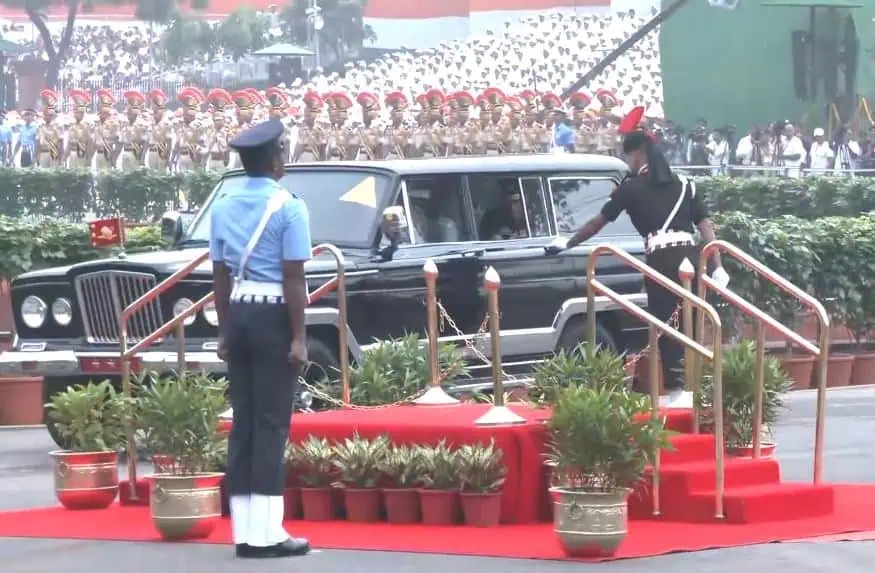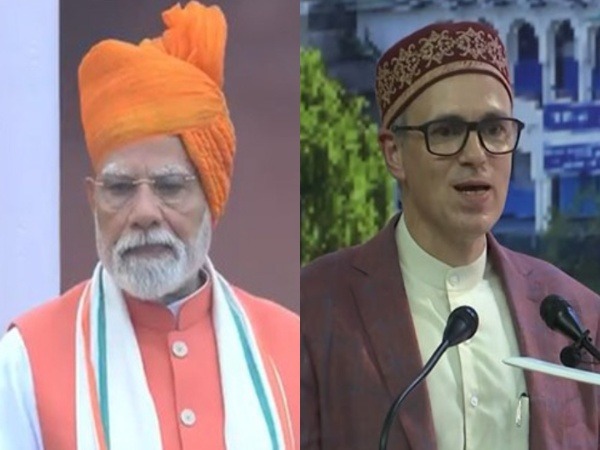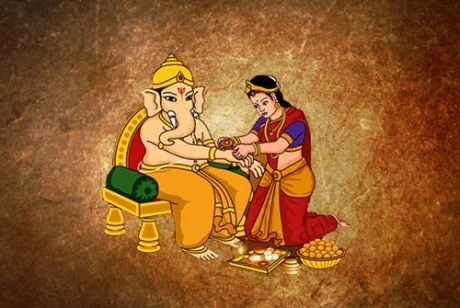 Image Source : The News Mill
Image Source : The News Mill
As India marked its 79th Independence Day from the storied Red Fort, one vehicle once again captured the attention of millions: the Jeep Wagoneer. The gleaming SUV, now a fixture in the ceremonial motorcade, is more than just an automobile—it’s a moving symbol of nation-building, transformation, and a friendship that changed history.
Key Highlights
The Jeep Wagoneer arrives at the Red Fort every year as part of the official parade, escorting dignitaries and officers to the ramparts for India’s national celebrations.
Its origins are nothing short of dramatic. In the late 1940s, then-King Tribhuvan of Nepal gifted a Wagoneer to India’s Prime Minister, establishing both a close bilateral friendship and the ceremonial role the rugged “King’s Jeep” would go on to play in post-independence India.
After India’s independence, the need for tough, reliable vehicles was paramount. The Wagoneer quickly became an icon, used not only in government convoys but by military commanders, senior officials, and during key national events at the Red Fort.
The Wagoneer’s unique combination of off-road ability and luxury helped it carve out a reputation, not only as a workhorse but as a prestigious symbol, bridging colonial history with India’s new democratic identity.
Journey from a Royal Gift to a National Icon
Jeep was established as a military utility vehicle during World War II, but the Wagoneer series, launched in the United States in the early 1960s, transformed the brand into a luxury all-terrain vehicle. When King Tribhuvan, seeking to show solidarity with India’s young government, gifted the model, it was quickly embraced as a state vehicle.
The first Wagoneer was stationed at the Red Fort for official parades, able to handle the unpaved grounds of 1940s and 50s Delhi. It became a transport of choice for Prime Ministers, military officers, and visiting heads of state.
Over time, the original vehicle was updated and restored, but the tradition of the Wagoneer as India’s iconic ceremonial vehicle continued. The SUV’s wood-paneled grandeur and heritage styling remain instantly recognizable to this day.
Cultural Impact and Modern Symbolism
Generations of Indians have grown up watching the Wagoneer glide through India Gate and onto the Red Fort grounds each August 15, tightly associated with the unfolding of the national flag and the PM’s historic address.
The Jeep is also tied to stories of India’s post-independence journey: delivering food to partition refugees, leading convoys during the 1962 Indo-China conflict, and supporting leaders’ outreach to rural India in the decades that followed.
Today, the Wagoneer is more than nostalgia—it is a marker of continuity, progress, and the interplay between regal luxury and democratic service.
Looking Forward
As India showcases its resilience, technology, and heritage every Independence Day, the presence of the Wagoneer at the Red Fort remains a quietly powerful reminder: of how far the country has come since its first flag-hoisting, and of the alliances and moments that propelled it forward.
The ceremonial use of the King’s Jeep, now generations removed from its royal beginnings, is a living symbol of how India’s icons transform and endure.
Sources: ANI, The News Mill, Tribune India, Asianet Newsable, Economic Times, Wikipedia
Advertisement
Advertisement







